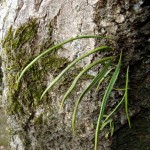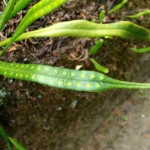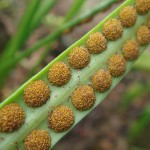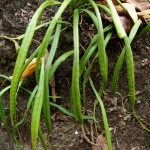Species: Lepisorus thunbergianus
English Name: Thunberg’s Lepisorus
Chinese Name: 瓦韋
Family: Polypodiaceae
Description:
Plants 8-29cm tall. Rhizomes creeping, 1,5-2,5mm in diameter.
Spread throughout China, Japan and Korea. Found on tree trunks or rocks on forested slopes.
Recent studies demonstrante a potential anti-inflammatory effect, and also point for the presence of compounds that can possibly prevent liver cancer cell lines.




References:
– Department of Gardens and Green Areas, Civic and Municipal Affairs Bureau of Macao Special Administrative Region, South China Botanical Garden, Chinese Academy of Science 2005. Flora of Macao (Volume 1). Macao, SAR: Author

